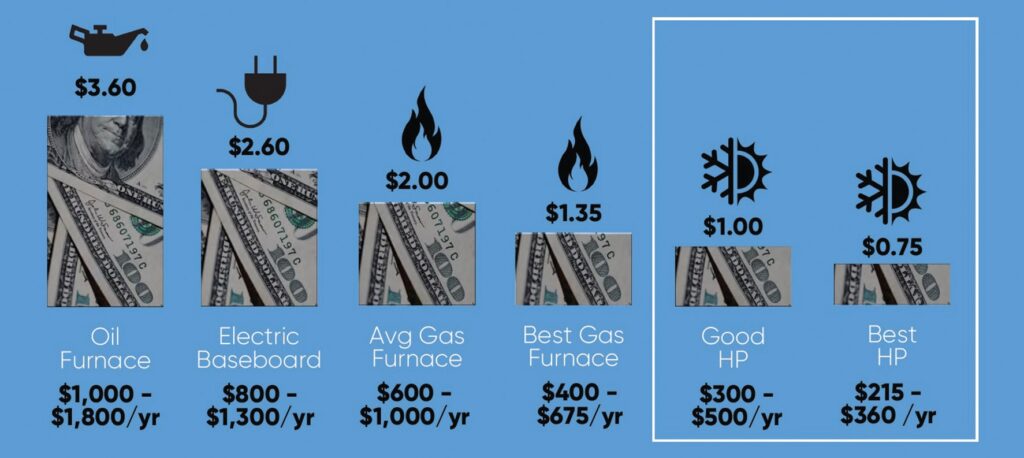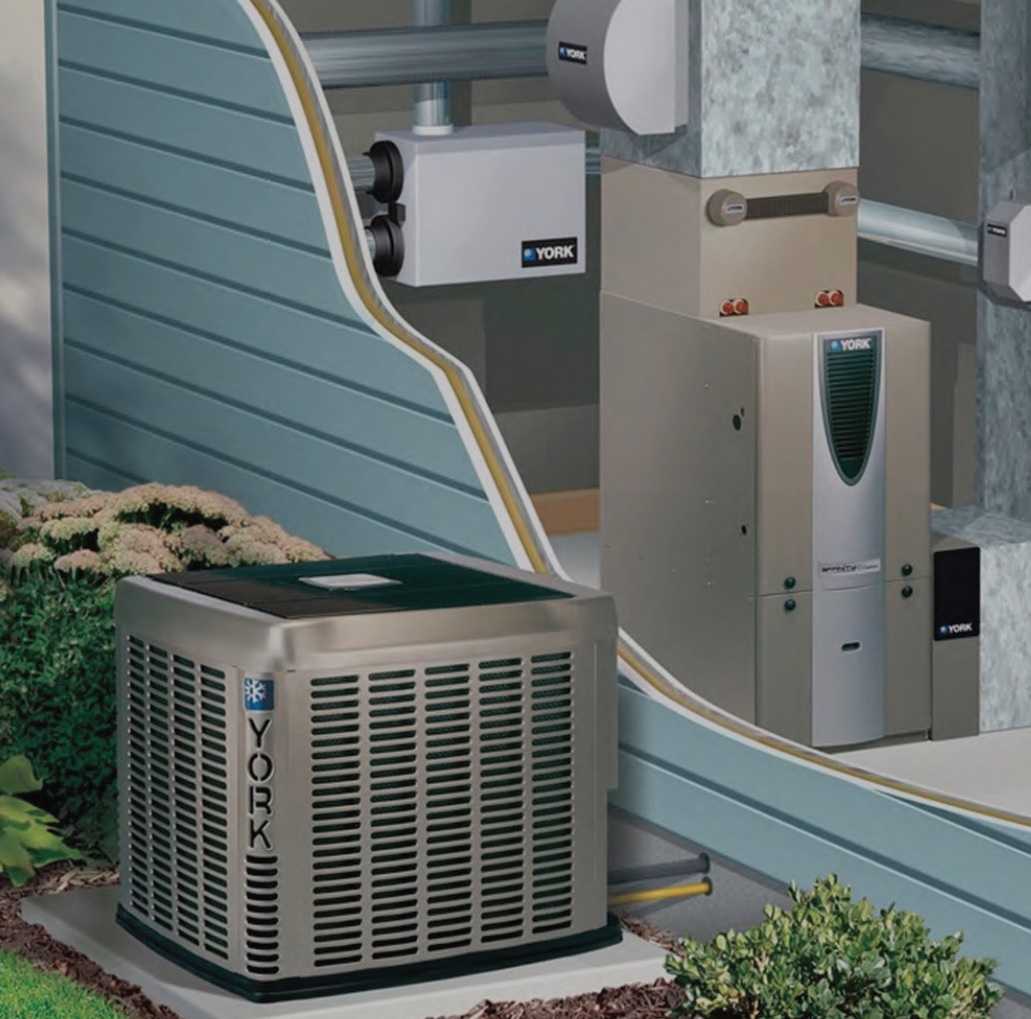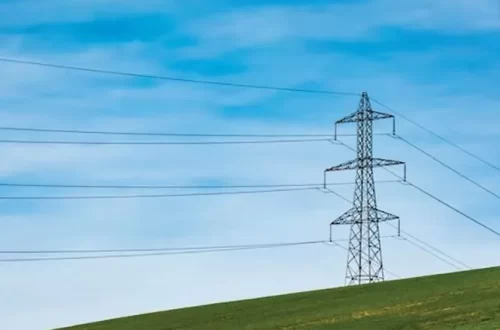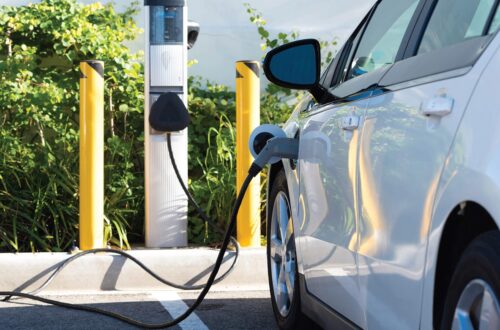Super high-efficiency electric heat pumps have become very common in all parts of the world for water heating, space heating, and air conditioning. They can operate in even the coldest climates and deliver the same heating and cooling benefits, often at lower operating costs. In addition, heat pumps powered by renewable energy produce zero emissions!
Heat pumps are super-efficient because they use very little energy to move heat. Heat pumps have been used for decades to transfer heat out of your refrigerator to keep it cold on the inside and for air conditioning systems to cool your house. The same technology can now heat and cool your home or heat your water.
A heat pump can heat and cool your home and will avoid 4-8 Tons of CO2 per year when powered with renewable energy. Heat pumps use an external condenser unit located outside the home and an internal air handler that replaces a conventional furnace. The external unit is similar to those used for air conditioners but much more efficient. They are typically comparable in price to operate as the most expensive gas furnaces. In addition, heat pumps circulate the air more than gas furnaces, so they filter the air more effectively. This is especially important if wildfires are an issue in your area or if your outside air is not super clean.
Why is it so efficient?
Because the heat pump only moves heat from outside rather than creating heat, it is a very efficient process that utilizes existing heat to concentrate it in one place. As a result, the only energy used is for running the pumps and the fan, which require very low amounts of energy. In addition, the efficiency of heat pumps has been increasing steadily as the technology improves because manufacturers have found ways to pressurize the fluid more effectively with higher-efficiency pumps.
What happens if it gets really cold outside?
The heat pump has to work harder to heat your home at lower temperatures. At some point – usually between 0 and 25 degrees F, depending on how efficient your heat pump is, the heat pump can not do all the work on its own and needs the help of resistance electric heat strips that are located in the Air Handler (that is the unit that blows the air through the ducts). Because resistance heat is much less efficient, the system should be designed to avoid using the heat strips as much as possible. They will typically only come on in frigid conditions and for very short periods or when the system is asked to warm the house after being left cold for a long time. Even in this situation, heat pumps are still more efficient than other systems. If you think about it, there are very few days per year that are really, really cold – the rest of the time, it is more moderate. In those times, the heat pump will need no additional resistant heat.

More warmth for the money
The illustration above shows the cost of 100,000 BTUs delivered, useful heat for various home heating systems. A heat pump system is clearly the best choice for a new home or for replacing an aging system in an existing home.
Adapted from electrifynow.net






